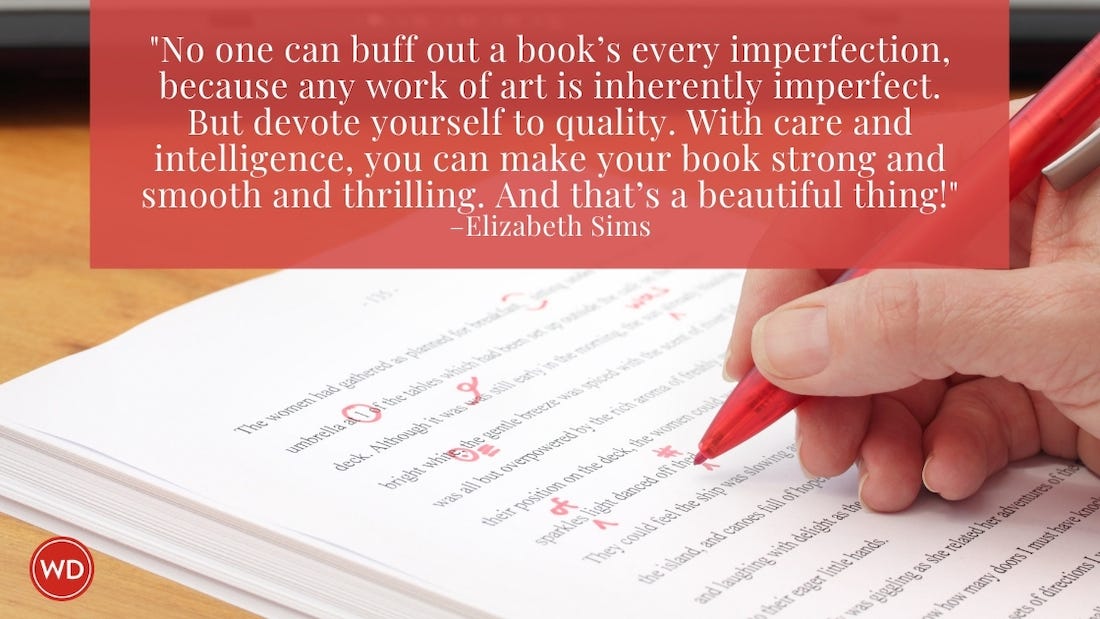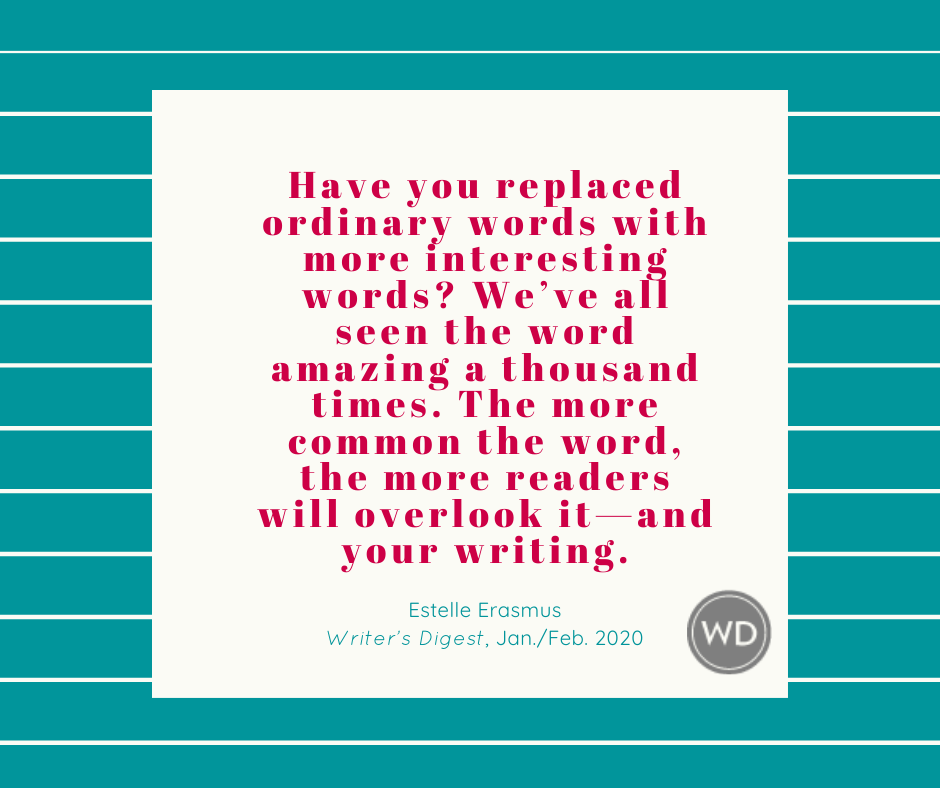Write your Essay the Reader-Friendly Way
Rules, as they say, are meant to be broken. But even groundbreakers learn by observing what has worked before. Let’s take a look at some examples that can help you break the rules in a meaningful and effective way. by Dinty W. Moore
Good writing is never merely about following a set of directions. Like all artists of any form, essay writers occasionally find themselves breaking from tradition or common practice in search of a fresh approach. Rules, as they say, are meant to be broken.
But even groundbreakers learn by observing what has worked before. If you’re not already in the habit of reading other writers with an analytical eye, start forming that habit now. When you run across a moment in someone else’s writing that seems somehow electric on the page, stop, go back, reread the section more slowly, and ask yourself, “What did she do here, put into this, or leave out, that makes it so successful?”
Similarly, and often just as important, if you’re reading a piece of writing and find yourself confused, bored or frustrated, stop again, back up, squint closely at the words and form a theory as to how, when or where the prose went bad.
Identifying specific successful moves made by others increases the number of arrows in your quiver, ready for use when you sit down to start your own writing. Likewise, identifying missteps in other writers’ work makes you better at identifying missteps in your own. Let’s take a look at some examples that can help you do exactly that.
BE CLEAR ABOUT THE DESTINATION
The title of Tennessee Williams’ wonderful play A Streetcar Named Desire comes from a real streetcar in New Orleans and an actual neighborhood named Desire. In Williams’ day, you could see the streetcar downtown with a lighted sign at the front telling folks where the vehicle was headed. The playwright saw this sign regularly—and also saw, of course, the metaphorical possibilities of the name.
Although this streetcar no longer runs, there’s still a bus called Desire in New Orleans, and you’ve certainly seen streetcars or buses or subways in other cities with similar, if less evocative, destination indicators: Uptown, Downtown, Shadyside, West End, Prospect Park.
People need to know what streetcar they’re getting onto, you see, because they want to know where they’ll be when it stops and lets them off.
Excuse the rather basic transportation lesson, but it explains my first suggestion. An essay needs a lighted sign right up front telling readers where they are going. Otherwise, the passengers will be distracted and nervous at each stop along the way, unsure of the destination, not at all able to enjoy the ride.
Now, there are dull ways of putting up your lighted sign, such as the obvious:
This essay is about the death of my beloved dog.
Or the extraneous:
Let me tell you about what happened to me last week.
And then there are more artful ways. Not surprisingly, these are the ones that readers tend to appreciate.
For an example of an artful opening approach, let us look at how Richard Rodriguez opens his startling essay “Mr. Secrets,” from his book Hunger of Memory:
Shortly after I published my first autobiographical essay seven years ago, my mother wrote me a letter pleading with me never again to write about our family life. “Write about something else in the future. Our family life is private.” And besides: “Why do you need to tell the gringos about how ‘divided’ you feel from the family?” I sit at my desk now, surrounded by versions of paragraphs and pages of this book, considering that question.
Where is the lighted streetcar sign in that paragraph? Well, consider that Rodriguez has:
• Introduced the key characters who will inhabit his essay: himself and his mother.
• Informed us that writing is central to his life.
• Clued us in that this is also a story of immigration and assimilation (“gringos”).
• Provided us with the central question he will be considering throughout the piece: Why does he feel compelled to tell strangers the ins and outs of his conflicted feelings?
These four elements—generational conflict between author and parent, the isolation of a writer, cultural norms and differences, and the question of what is public and what is private—in essence describe the heart of Rodriguez’s essay.
Or to put it another way, at every stop along the way—each paragraph, each transition—we are on a streetcar passing through these four thematic neighborhoods, and Rodriguez has given us a map so we can follow along.
STAY ON TRACK (MORE OR LESS)
The lighted streetcar sign is just the start. The reader needs travel assistance all along the journey. I’m going to switch metaphors here, however, because a streetcar is confined to a set of rigid parallel tracks, whereas the essay has more room to roam.
So let’s look at this again: Imagine yourself in a foreign city, Budapest or San Miguel de Allende, with a tour guide leading you up and down cobblestone streets, through narrow alleys, around blind corners. If you feel confident that the guide knows his territory and has a clear itinerary—even if it is unspoken—then you will relax and fully enjoy the tour.
If, on the other hand, you start to distrust the guide (Is he lost? Did he forget where he is taking me? Can I trust him?), then you’ll become unsettled and distracted, and you’ll start focusing less on the landscape and more on your concerns.
In that metaphor, you, the writer, are the tour guide, and the potentially nervous tourist is your reader. The landscape is the writing you’ve spent so much time crafting and perfecting.
There are ways to roam without seeming lost. So give your reader no reason to be tense. Let her feel constantly as if she is in competent hands.
Then, and only then, will her undivided attention be on your words and images.
FIND A HEALTHY DISTANCE
Another important step in making your personal essay relatable to readers—of making it public and not private— is finding a measure of distance from your experience, learning to stand back, narrow your eyes and scrutinize your own life with a dose of hale and hearty skepticism.
Why is finding a distance important? Because the private essay hides the author. The personal essay reveals. And to reveal means to let us see what is truly there, warts and all.
The truth about human nature is that we are all imperfect, sometimes messy, usually uneven individuals, and the moment you try to present yourself as a cardboard character—always right, always upstanding (or always wrong, a total mess)—the reader begins to doubt everything you say. Even if the reader cannot articulate his discomfort, he knows on a gut level that your perfect (or perfectly awful) portrait of yourself has to be false.
And then you’ve lost him.
Rodriguez’s “Mr. Secrets” goes on from the opening paragraph to a wide-ranging examination of his life. He shares with us the embarrassment he felt at times over the poverty of his family. He illuminates for us the difference it made when he went away to school and embraced a life of books and education. At the same time, he acknowledges how this education, and the public life he has chosen, often distances him from those he loves.
Eventually he circles directly back to his mother’s opening question, and his central idea:
It is to those whom my mother refers to as the gringos that I write. The gringos. The expression reminds me that she and my father have not followed their children all the way down the path to full Americanization.
It is worth noting what straightforward language Rodriguez employs throughout his piece. He is a highly educated man with a considerable and, in fact, bilingual vocabulary, but he reveals these highly personal details with only the simplest of sentences and words. Novice writers often trip themselves up trying to sound weighty or cerebral, but the truth is that expressing yourself in simpler words requires more craftsmanship and skill than using multisyllabic, flowery language, and it almost always works better.
Eventually Rodriguez works his essay to a key scene, a moment when he is no longer just mulling over the conflicted feelings brought on by his mother’s written wishes, but visiting her in her home. While standing at her ironing board, she asks him a random question: “What is psychiatry?” And Rodriguez writes:
As a result of nothing we have been saying, her question has come. But I am not surprised by it. My mother and father ask me such things. Now that they are retired they seem to think about subjects they never considered before.
Rodriguez then shares with the reader his frustrating attempt to explain Freud and analysis to his mother, and how he, upon realizing that his mother cannot comprehend his words, resorts to using the comparison of a Catholic priest hearing confession, something he knows his mother will understand because of her deep faith.
This makes sense finally, so his mother then asks, “You mean that people tell a psychiatrist about their personal lives?” After which, Rodriguez writes:
Even as I begin to respond, I realize that she cannot imagine ever doing such a thing. She shakes her head sadly, bending over the ironing board to inspect a shirt with the tip of the iron she holds in her hand.
This is an excellent example of what it means for a writer to stand back, narrow his eyes, and scrutinize his own life, with no agenda other than finding truth. Rodriguez is illustrating the uncomfortable distance between himself and the woman he loves so deeply, his mother. He is not claiming her to be a saint, or himself as the best son any mother ever had, nor is he painting a gruesome picture of an angry child or lousy parent. He is simply calling it the way it is, or the way, at least, that he sees it when he takes the time to reflect in detail, and when he is honest with himself.
He is Americanized. His mother to a large extent is not. She has had little schooling. He has had a good amount. She embraces the Catholicism of her ancestors. He does not in the same way. Inevitably, these people, despite their love, are going to feel some disconnection.
Those of us in Rodriguez’s shoes—and that would be so many readers, whether our parents were first-generation, second- or third-, Mexican, Italian, Irish or Greek—are going to recognize this. Rodriguez recognizes it, poignantly and with clarity, in the final image, when his mother “shakes her head sadly” and bends “over the ironing board to inspect a shirt with the tip of the iron she holds in her hand.”
It is all there.
Infuse your nonfiction with honesty, personality and energy by considering:
Crafting the Personal Essay
Become a WD VIP and Save 10%:
Get a 1-year pass to WritersMarket.com, a 1-year subscription to Writer's Digest magazine and 10% off all WritersDigestShop.com orders! Click here to join.
Also check out these items from the Writer's Digest's collection:
Writer's Digest Writing Life Stories
You Don't Have To Be Famous: How to Write Your Life Story
How To Write A Book Proposal
How To Write & Sell Your First Novel
Writer's Digest University: Essentials Of Writing Personal Essays
Grammar Sucks: What to Do to Make Your Writing Much More Better
Formatting & Submitting Your Manuscript
Plot versus Character
Book In A Month









